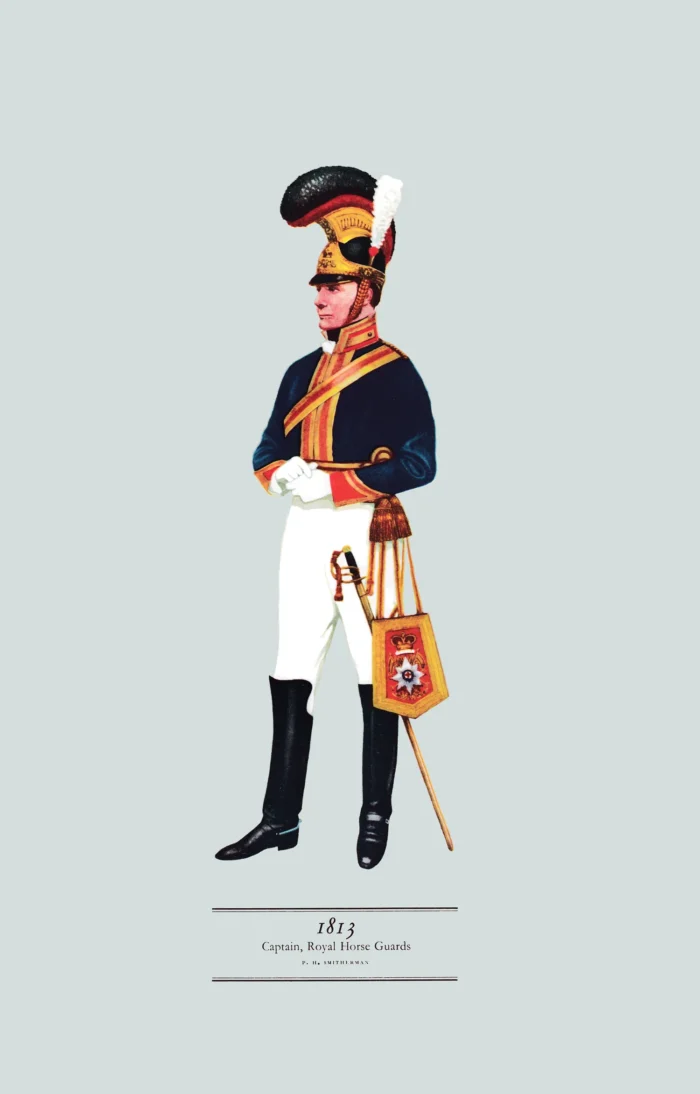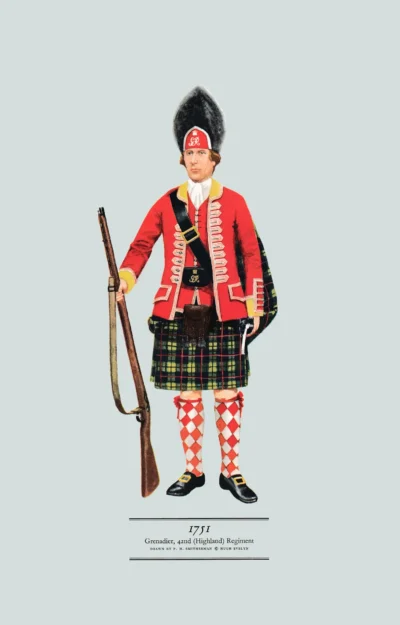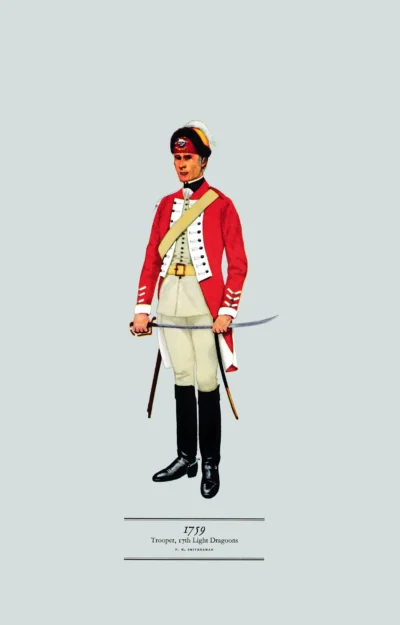Captain, Royal Horse Guards, 1813 (Blues and Royals)
£18.00
Raised 1650; from 1877 Royal Horse Guards (The Blues); from 1969 Blues and Royals – RHG/D (scroll down for a more detailed Description)
Published 1962 by © Hugh Evelyn Limited; drawn by Colonel Philip Henry Smitherman (1910-1982), Royal Corps of Signals
Size: c. 24 x 37cm [9 ½ ″ x 14 ½ ″] (may vary slightly from printers’ cut 50 years ago)
Printed on on medium cardstock weighing 144 g/sm2 faced in light greyish blue (RGB c. d5dede)
Print is STANDARD size – shipping is the same for 1 to 10 prints (based on largest print size in your order) – see Shipping & Returns
In stock
Description
Raised in August 1650 in the North East by Sir Arthur Haselrigge on the orders of Oliver Cromwell as a Regiment of Horse, the regiment became the Earl of Oxford’s Regiment in 1660 upon the Restoration of King Charles II. As the regiment’s coat was blue in colour, it was nicknamed “the Oxford Blues”, and later the “Blues” who amalgamated with the Royal Dragoons to form the Blues and Royals in 1969. [A battle honour from ‘Warburg‘, in 1760, when their Colonel, the Marquis of Granby, lost his hat and led them with his bald head shining in the sun, whence the phrase ‘going bald-headed at it’. Here is an officer of the regiment in the dress worn at the battle of Waterloo. The leather helmet with brass fittings was now worn by Dragoon Guards and Dragoons, but the blue and white woollen crest, and the cut-feather plume at the left side, were peculiar to the Household Cavalry. The crimson sash worn round the waist was the mark of an officer, but the Royal Horse Guards wore the more striking crimson and gold sash shown in the picture, subsequently worn by other regiments too. The complicated arrangement of rosettes at the left side, over the buckle, was unique. The full-dress sabretache has now become a work of art before its disappearance a century later. The white buckskin breeches are back. The cuff of the jacket found on most heavy cavalry jackets at this time and survives in the Household Cavalry today. The effect of the uniform is impressive, and it is not surprising that a regiment of large men, dressed like this and mounted on large horses, were such a terrifying sight at Waterloo.
Additional information
| Weight | 0.0123 kg |
|---|---|
| Dimensions | 23 × 37 cm |

 No. 21 Pimlico Volunteer Association
No. 21 Pimlico Volunteer Association  1891 Portsmouth Corporation Electric Tramcar
1891 Portsmouth Corporation Electric Tramcar  Foden's "Sandy Macnab", 1914 (No 4752)
Foden's "Sandy Macnab", 1914 (No 4752)  Ivy & Liquorice
Ivy & Liquorice  Box & Pomegranite
Box & Pomegranite  Flemish Peasant Dress, 1565-1568
Flemish Peasant Dress, 1565-1568 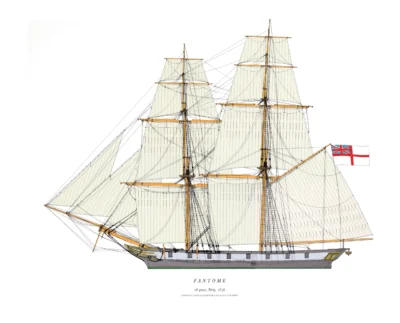 HMS Fantome, 1838
HMS Fantome, 1838  Foster's The Little Gem, 1933 (No 14638)
Foster's The Little Gem, 1933 (No 14638) 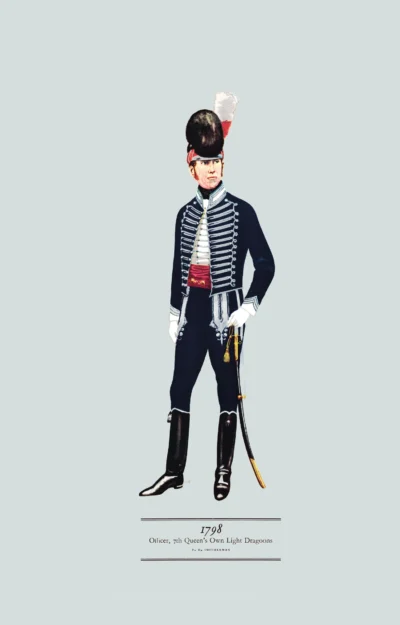 Officer, 7th Queen's Own Light Dragoons, 1798 (Queen's Own Hussars)
Officer, 7th Queen's Own Light Dragoons, 1798 (Queen's Own Hussars) 